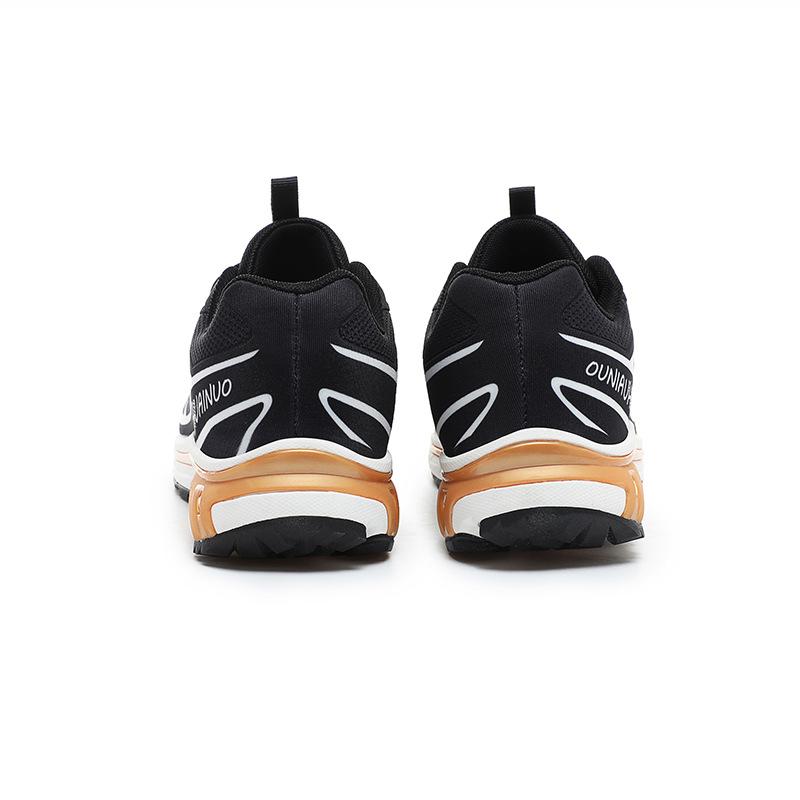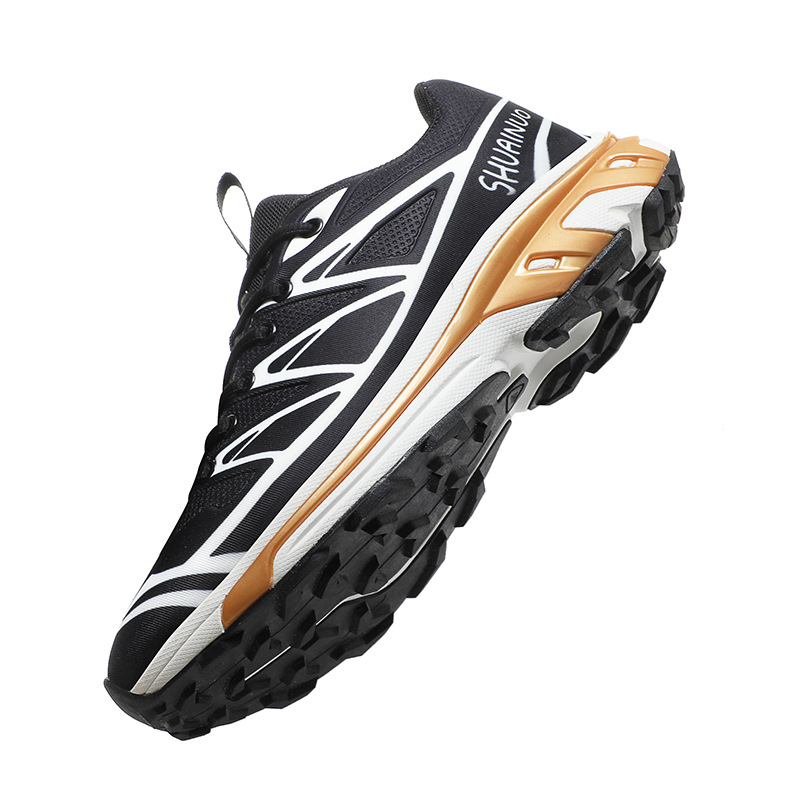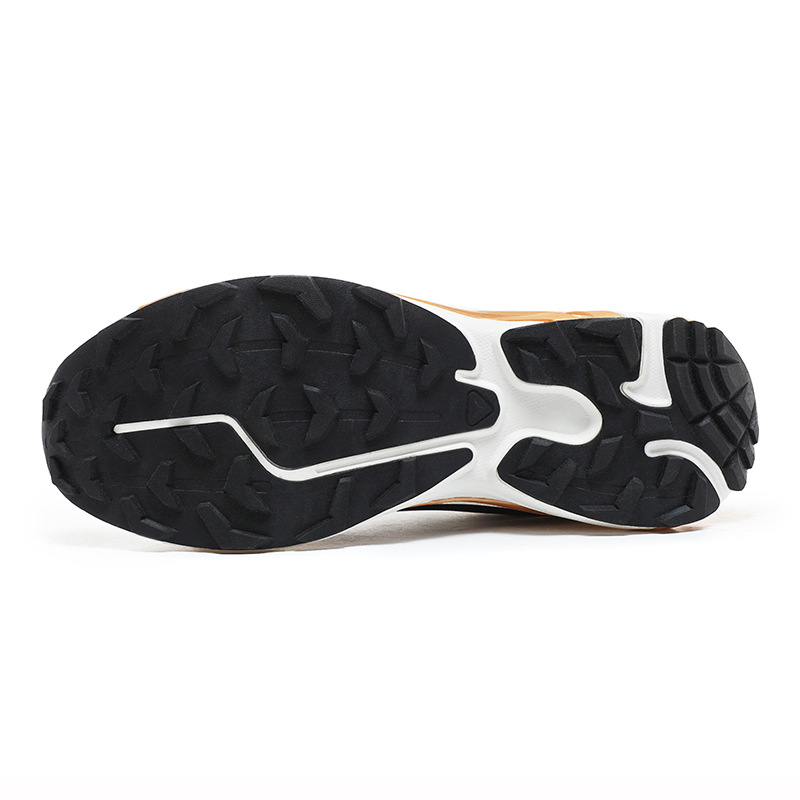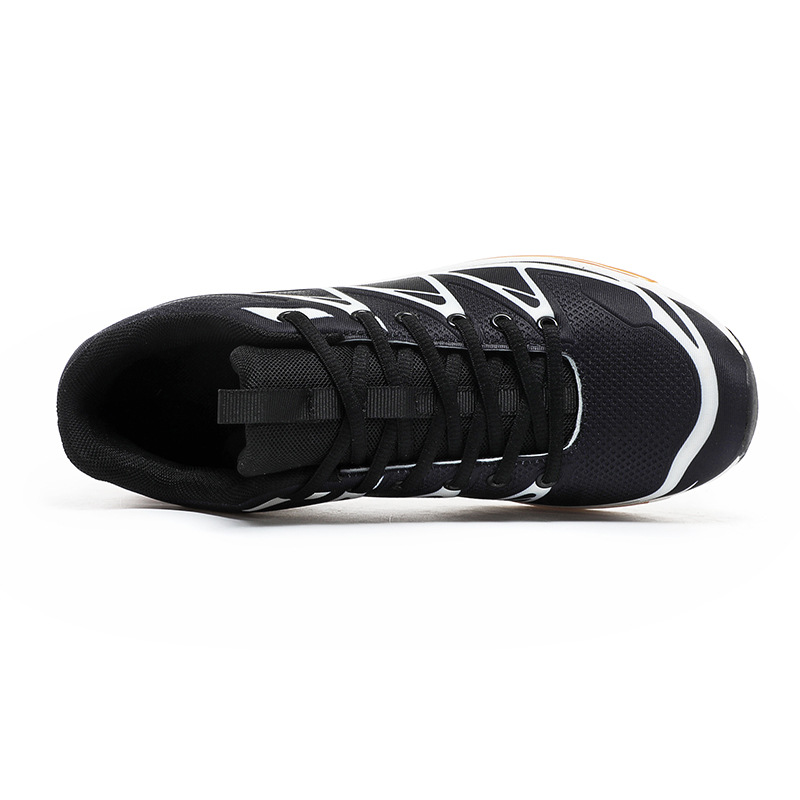Introduction
When it comes to running, the right pair of shoes can make a significant difference. They provide support, cushioning, and stability, all of which are vital for a good running experience. However, like any piece of equipment, running shoes have a lifespan. Over time, they lose their ability to absorb shock and provide the support that runners need. In this article, we will explore how long are running shoes good for that you need a new pair, and tips for extending their lifespan.

Understanding the Lifespan of Running Shoes
Running shoes typically last between 300 to 500 miles, but this range can vary based on several factors. The type, design, and material used in the shoes play a crucial role. For instance, lightweight racing shoes may not last as long as sturdy training shoes.
Factors Affecting Shoe Lifespan
- Running Style: Your running style can significantly impact the wear and tear on your shoes. Runners who have a heavy foot strike may find that their shoes wear out faster.
- Body Weight: Heavier runners may compress the cushioning in their shoes more quickly, reducing the shoe’s lifespan.
- Terrain: The type of terrain you run on matters. Off-road trails may cause more damage to shoes than running on paved surfaces.
- Frequency of Use: If you run daily, your shoes will wear out faster. On the other hand, if you only run a couple of times a week, your shoes may last longer.
- Shoe Construction: High-quality running shoes using durable materials may last longer than cheaper alternatives.
Understanding these factors will help you gauge how long your shoes will last. If you fall into the category of runners that push their shoes to the limit, you may need to replace them more often.
Signs that Indicate You Need New Running Shoes
It’s not always easy to know when to retire a pair of sports shoes. Fortunately, there are clear signs that can guide you. The most apparent sign is physical wear on the shoes themselves. Check the outsole and look for uneven tread or visible compression in the foam midsole. If you notice that your shoes are no longer gripping well on the ground, it might be time for a new pair.
Other Signs to Look For
- Pain and Discomfort: If you start experiencing new aches and pains while running, your shoes might no longer be supportive. Pay attention to any discomfort in your knees, hips, or feet.
- Visual Damage: Look for cracks or tears in the upper material and wear in the outsole. If the shoe looks worn down, it’s often a good indicator that it’s time for a replacement.
- Loss of Cushioning: If your shoes feel flat and lack the bounce they once had, the cushioning might be compromised. It’s crucial for shoes to absorb shock effectively, especially during high-impact activities.
- Mileage Tracking: Keep a log of how many miles you’ve run in your shoes. Many runners use running apps or fitness trackers for this purpose. Following a set mileage can help you determine when it’s time for a new pair.
- Change in Performance: If you feel sluggish or notice a dip in your running performance, check your shoes. Sometimes an old pair can affect your speed and efficiency.
By knowing these signs, you can better care for your feet and your performance. Don’t wait until you feel pain to make a change; be proactive in managing your running footwear.

Tips for Extending the Lifespan of Your Running Shoes
While sports shoes have a limited lifespan, there are ways to extend their durability. Great care and maintenance can keep your shoes functioning for a more extended period. Here are some tips to help you get the most out of your sports shoes.
Proper Cleaning and Care
- Clean After Each Run: After a run, shake out dirt and debris. You can also wipe them down with a damp cloth to remove mud and grime. Avoid putting them in the washer as it can damage the materials.
- Drying Your Shoes Properly: If your shoes get wet, let them dry naturally. Place them in a cool, dry spot and avoid direct sunlight or heat sources that can warp them.
- Rotate Pairs: If possible, have more than one pair of running shoes. Rotating between different pairs allows each pair to dry and recover from the physical stress of running.
- Use the Right Size: Make sure your shoes fit well. Ill-fitting shoes can create additional stress, leading to premature wear.
- Store Them Wisely: Keep your shoes in a well-ventilated area. Avoid storing them in damp or humid spaces.
By taking these steps, you can ensure that your sports shoes last longer and continue to provide the support you need.
When to Choose Different Types of Running Shoes
There are various types of sports shoes tailored for different activities. Understanding which type of shoe is right for you will enhance your running experience and can affect the lifespan of your footwear. The three main categories are road sports shoes, trail running shoes, and cross-trainers.
Road Running Shoes
These shoes are designed for running on paved streets and sidewalks. They provide cushioning and support suited for hard surfaces. Road shoes typically have lightweight materials that may wear out faster than sturdier shoes designed for trail running.
Trail Running Shoes
Trail running shoes are made for off-road terrain. They often have extra protection and a more aggressive tread pattern to provide grip on uneven surfaces. While these shoes usually last longer due to the rugged design, they still have a limited lifespan.
Cross-Training Shoes
Cross-training shoes are versatile options. They can be used for running, gym workouts, and other physical activities. However, they may not provide the specialized support that dedicated running shoes offer. Mixing in cross-training can help extend the life of your running shoes.
Recognizing the specific use case for your shoes will help you choose the right pair and maximize their lifespan. You don’t want to use road shoes for trail running, as they won’t hold up well.
How to Make Your Running Shoes Last Longer
While running shoes do have a finite lifespan, there are steps you can take to extend their longevity. Taking good care of your shoes will help preserve their cushioning, support, and overall performance, allowing you to get the most miles out of them before they need to be replaced.
Rotate Your Shoes
If you’re a regular runner, one of the best ways to extend the life of your shoes is by rotating between two or more pairs. Having a backup pair of shoes allows your primary pair to rest between runs, giving the cushioning and materials time to recover and return to their original shape. This also helps prevent excessive wear in specific areas, such as the outsole, which can wear down faster if you wear the same pair every day.
Clean and Dry Your Shoes Properly
Running shoes can accumulate dirt, sweat, and moisture over time, which can cause the materials to break down more quickly. It’s important to clean your shoes regularly to keep them in good condition. Use a soft brush or cloth to remove dirt from the surface and avoid putting your shoes in the washing machine, as this can damage the materials. After running in wet conditions, make sure to dry your shoes properly by removing the insoles and allowing them to air dry away from direct heat sources, which can cause the materials to warp or crack.
Store Your Shoes in a Cool, Dry Place
Proper storage can also extend the life of your running shoes. After every run, store your shoes in a cool, dry place. Avoid leaving them in hot or humid environments, such as in your car or near heaters, as the excessive heat can cause the materials to degrade more quickly. Allowing your shoes to dry out properly between runs also helps prevent moisture buildup, which can lead to unpleasant odors and the deterioration of the shoe’s structural components.
Conclusion: Monitor Your Shoes and Listen to Your Body
In conclusion, understanding how long running shoes are good for is essential for any runner. By monitoring your mileage and paying attention to signs of wear and tear, you can make informed decisions on when to replace your footwear. Take care of your shoes, choose the right type for your activity, and listen to your body. These steps can enhance your running experience and keep you injury-free.
Running can be a fulfilling and healthy activity, but it’s paramount to have the right equipment. Your running shoes are a critical part of that equation. By ensuring you have the right knowledge about their lifespan, care, and signs of wear, you can enjoy more miles and keep your running journey enjoyable.

Remember, shoes are meant to be an investment in your health and fitness. Don’t skimp on their care, and enjoy the journey they bring you. With the right approach to maintaining your footwear, you’ll be able to run farther and longer than you ever thought possible.
